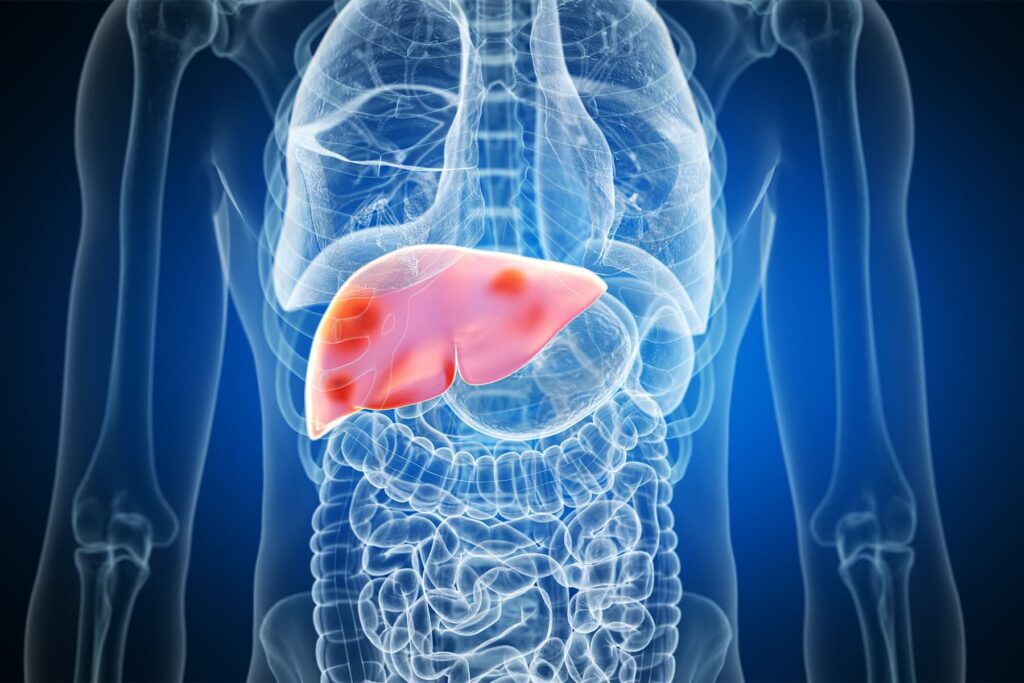Introduction: Why Should You Be Concerned About Fatty Liver Disease?
Did you know that about 25% of the world’s population is affected by fatty liver disease, a condition that can lead to serious health complications if not addressed? Fatty liver disease, often silent in its early stages, might be lurking unnoticed in many of us, particularly those battling with weight management and hormonal imbalances. But what exactly is fatty liver disease, and why is it so important to pay attention to your liver’s health? Let’s dive deep into the science of this prevalent condition and explore practical ways to manage and potentially reverse its effects.

What is Fatty Liver Disease?
Defining the Disease
Fatty liver disease (FLD), or hepatic steatosis, refers to the accumulation of excess fat in liver cells. It typically comes in two main forms: Non-Alcoholic Fatty Liver Disease (NAFLD) and Alcoholic Liver Disease (ALD). NAFLD, the more common type, is often associated with obesity, diabetes, and metabolic syndrome and is becoming increasingly common in populations that follow a Western diet.
The Role of the Liver
The liver is a powerhouse of an organ, responsible for vital functions such as detoxifying harmful substances, metabolizing drugs, and manufacturing essential proteins. When your liver is compromised by fat accumulation, its function can be severely hindered, leading to long-term health problems.
Risk Factors and Symptoms of Fatty Liver Disease
Who is at Risk?
Fatty liver is most commonly associated with factors such as obesity, high sugar diets, excessive alcohol consumption, and sedentary lifestyles. However, hormonal imbalances and thyroid issues can also significantly contribute to its development.
Recognizing the Symptoms of Fatty Liver Disease
Most people with fatty liver disease do not experience any symptoms until the disease progresses. Some may notice mild fatigue or pain in the upper right abdomen. As the condition worsens, symptoms like weight loss, yellowing of the skin or eyes (jaundice), and swelling in the belly or legs may appear.
Prevention and Management
Lifestyle Changes
Implementing lifestyle changes is the cornerstone of managing fatty liver disease. Here’s how you can start:
- Weight Management: Losing weight can reduce liver fat. Aim for a slow and steady weight loss, as rapid weight loss might cause further liver damage.
- Dietary Adjustments: Increase your intake of fiber, reduce added sugars, and focus on a balanced diet rich in vegetables, fruits, and lean proteins.
- Exercise Regularly: Regular physical activity helps burn triglycerides and reduce liver fat.
Hormonal Balance and Its Impact
Managing hormone levels can also affect the progression of fatty liver disease. For individuals dealing with hormonal imbalances, treatments like hormone replacement therapy might be beneficial. It’s essential to consult with healthcare providers who can offer personalized advice based on your specific health needs.
The Science Behind the Strategies
Understanding why these strategies work is crucial for motivation. Weight management helps reduce the visceral fat surrounding your organs, including the liver, thus reducing the liver’s fat load. Balanced diets help minimize the influx of fats and sugars that the liver must process, which can prevent fat accumulation. Regular physical activity increases your metabolism, which helps burn off the fats deposited in the liver.
Case Study: A Success Story
Consider the story of John, a 45-year-old patient diagnosed with NAFLD. By implementing a structured diet plan, engaging in regular physical activity, and managing his hormone levels, John was able to significantly reduce his liver fat content and improve his liver function tests within a year.
Practical Advice: How to Start Today
Here are some actionable steps you can take immediately:
- Evaluate your diet: Reduce your intake of saturated fats and sugars. Incorporate more fiber-rich foods.
- Set realistic exercise goals: Start with light activities like walking or swimming and gradually increase the intensity as your fitness improves.
- Monitor your health: Regular check-ups and blood tests can help catch FLD early.
Take Control of Your Liver Health
Fatty liver disease might be a silent problem, but it is not an unbeatable one. By understanding the risk factors, recognizing the early signs, and taking proactive steps towards lifestyle changes, you can manage and even reverse the condition. Remember, every small change you make contributes significantly to your liver health. Start today, stay consistent, and keep your liver healthy for a happier, healthier life.
Ready to take the next step in managing your liver health? Visit us at Sana Vida Wellness Center to learn more about how we can help you in your journey to wellness. Let’s tackle fatty liver disease together – your liver, your life.



